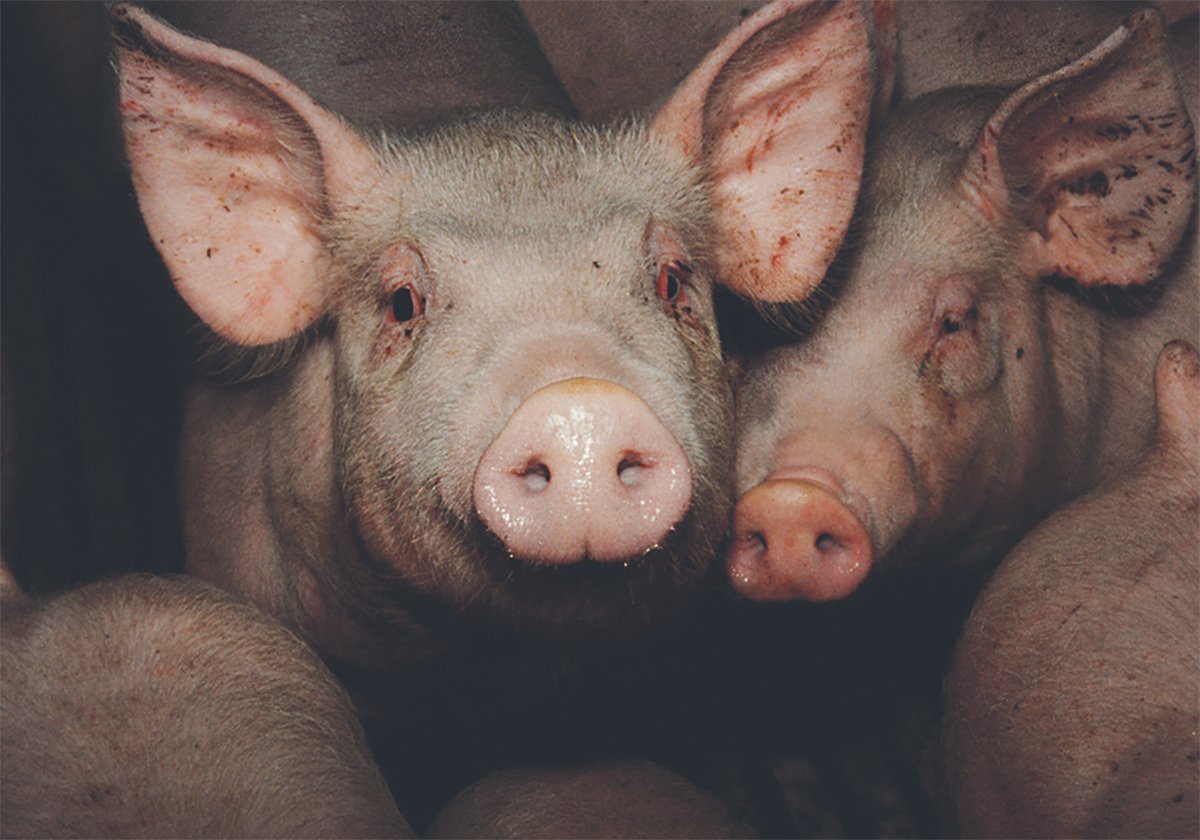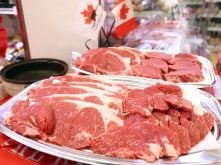SPRING HILL, Tenn. – A sense of history mingles with modern life at the Middle Tennessee Experiment Station in the southeastern United States.
Throughout the hilly, green country spotted with white pine, oak and fleshy leafed magnolias, there are stone fences along ditches built by slaves who picked rocks from fields as they worked the cotton and tobacco plantations 150 years ago. Left behind in some fields are crooked wooden barriers that protected Confederate and Union soldiers as they blasted cannon fire and bullets at each other, often damaging the stone-columned mansions behind them.
Read Also

The Western Producer Livestock Report – October 30, 2025
Western Producer Livestock Report for October 30, 2025. See U.S. & Canadian hog prices, Canadian bison & lamb market data and sales insights.
Settled on this historical landscape is the high tech bull test facility at the Middle Tennessee Experiment Station where cattle and crops are grown and monitored.
Affiliated with the University of Tennessee, the test station has been operating since the mid-1970s.
The station limits its test to 200 bulls because of limited pasture and barn space, said station geneticist Joe High during a tour of the facility set up for the National Cattlemen’s Association.
Angus, Santa Gertrudis, Gelbvieh, Brangus (Brahman-Angus cross), Charolais, Chiangus, Simmental, Horned and Polled Herefords and a composite breed known as RX3 went through the station this year.
Composite breeds are gaining popularity in the U.S. The RX3, for example, is a red, mid-sized animal, one quarter Red Holstein, one quarter Polled Hereford and half Red Angus.
“There’s a market for performance-tested bulls,” said senior research assistant Wayne Thompson. “That market doesn’t rely a lot on what the current cattle market is,” he said, referring to the recent price dip for calves and fats.
A bull sale in January saw 62 Angus average $1,504, but for reasons the staff can’t explain, the 20 Simmentals averaged $990.
Thompson attributes the greater demand for Angus partly to the growing U.S. trend to select black cattle. Being black makes them eligible for the Certified Angus branded beef program where qualifying producers are guaranteed a premium price.
The station is also witnessing a trend toward smaller-framed cattle, a quality often seen among British breeds like the Angus.
At this station, the bulls are divided into two groups, senior bulls born in September to November of the previous year and junior bulls born between December and March.
In 1994, the 10 breeds went on 112-day test to measure breeding soundness, fat cover, meat yield and comparison among breeds. They start with a two-week warm-up period eating mixed rations. Within 14 days, they graduate to a diet of corn, minerals and water.
High said shell corn is one of the most efficient ways to finish cattle.
The average bull eats 10 kilograms of corn a day with daily gains of up to two kg. Corn is fed dry because high-moisture corn can give animals scours.
If bulls fail to meet the minimum weight gains or breeding standards, they are cut from the test. This year about 85 percent made the grade among the senior bulls and 65 percent of the junior bulls.
Tests done for fat thickness
The bulls undergo ultrasounds to test for fat thickness and ribeye size. Thompson said they are measuring ribeyes as large as 122 square centimetres.
Besides beef and dairy cattle, the station monitors horticulture, forage and row crops for the central part of the state. Row crops include tobacco, sorghum, soybeans and corn, as well as fruit, with emphasis on peaches, grapes and berries.
Pioneering research on solar drying of hay is ongoing. Many producers leave their large, round bales uncovered in the fields year round. Because Tennessee receives an average rainfall of about 165 centimetres a year, farmers can lose up to 30 percent of bales. In the solar-drying project, hay is baled at 35 percent moisture and dried to 22 percent, retaining all the nutritional value, said High.
Forage research on fescue, particularly to control fungal diseases, is another large project. Fescue is the basic grass of Tennessee. A fungus hit the grass a couple of years ago with harmful affects on their cattle.















